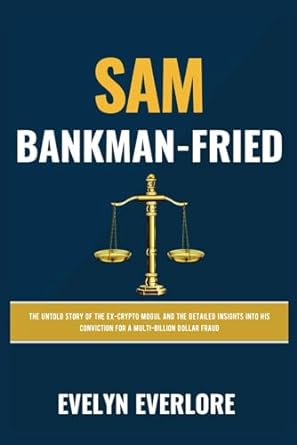Question
Early in 2019, Eskandar Tooma, the chief financial officer (CFO) for ABC Manufacturing, was given the task of assessing the impact of a proposed risky
Early in 2019, Eskandar Tooma, the chief financial officer (CFO) for ABC Manufacturing, was given the task of assessing the impact of a proposed risky investment on the firms stock value. To perform the necessary analysis, Tooma gathered the following information on the firms stock. During the immediate past 5 years (2014- 2018), the annual Earnings per Share (EPS) on the firms common stock were as follows:
Year EPS
2018 $ 3.80
2017 $ 3.40
2016 $ 3.10
2015 $ 2.80
2014 $ 2.60
Tooma expects that the historical dividend payout ratio of 50% will continue in the future. The firm expects that without the proposed investment, the EPS in 2019 will be $4.18 per share and the historical annual rate of growth (hint: use the above table to calculate the growth rate) will continue in the future. Currently, the required return on the common stock is 14%.
Toomas research indicates that if the proposed investment is undertaken, the 2019 EPS will rise to $4.30/share. The annual rate of growth will be 13% until 2021, and then at the beginning of 2022 onwards, would return to the rate that was experienced between 2014 and 2018. As a result of the increased risk associated with the proposed risky investment, the required return on the common stock is expected to increase. Tooma extracted the following information; the risk-free rate is 6%, ABCs systematic risk is 1.2 and the expected market return is 14.33%.
Armed with the preceding information, Tooma must now assess the impact of the proposed risky investment on the market value of ABCs stock.
TO DO:
a. Find the current value per share of ABC Manufacturings common stock.
b. Find the value of ABCs common stock in the event that it undertakes the proposed risky investment. What effect would the proposed investment have on the firms stockholders? Explain.
c. On the basis of your findings in part b, do the stockholders win or lose because of undertaking the proposed risky investment? Should the firm do it? Why?
Step by Step Solution
There are 3 Steps involved in it
Step: 1

Get Instant Access to Expert-Tailored Solutions
See step-by-step solutions with expert insights and AI powered tools for academic success
Step: 2

Step: 3

Ace Your Homework with AI
Get the answers you need in no time with our AI-driven, step-by-step assistance
Get Started


